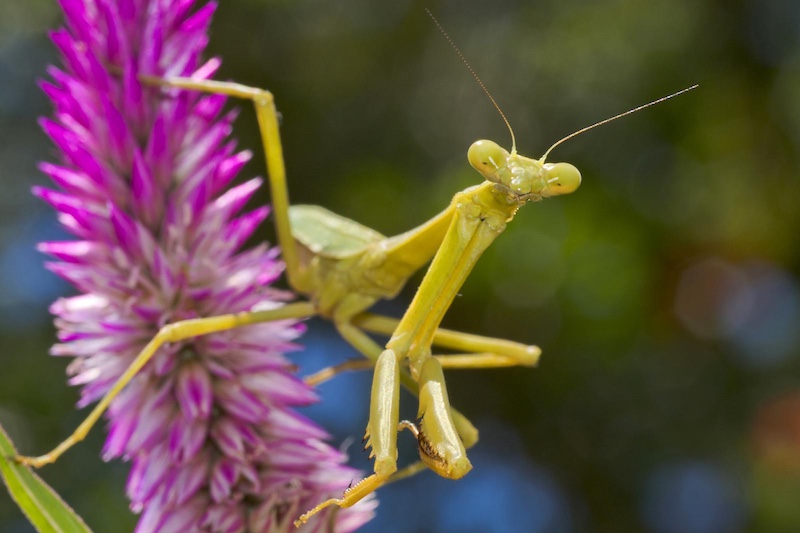Praying mantises are incredible insects known for their unique appearance and hunting abilities. From their keen eyesight to their cannibalistic tendencies, these creatures offer plenty to marvel at. Although many people are familiar with the name praying mantis, many don’t know much about the actual insect. Here are 10 fascinating facts about praying mantises that will give you a deeper appreciation for these predators.
1. Praying Mantises Get Their Name from Their “Praying” Posture
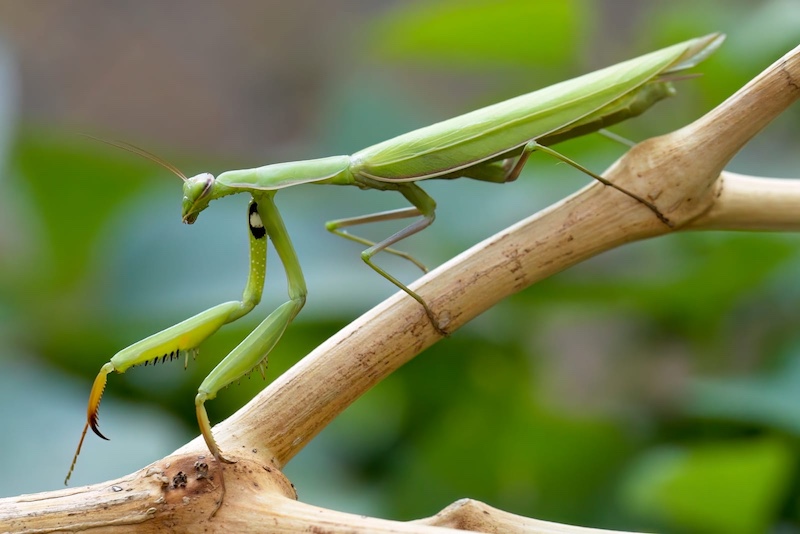
The name “praying mantis” comes from the insect’s characteristic posture, where its front legs are bent in a way that resembles a prayer position. These front legs are armed with sharp spines used to capture and hold onto prey.
2. Praying Mantises Are Expert Hunters
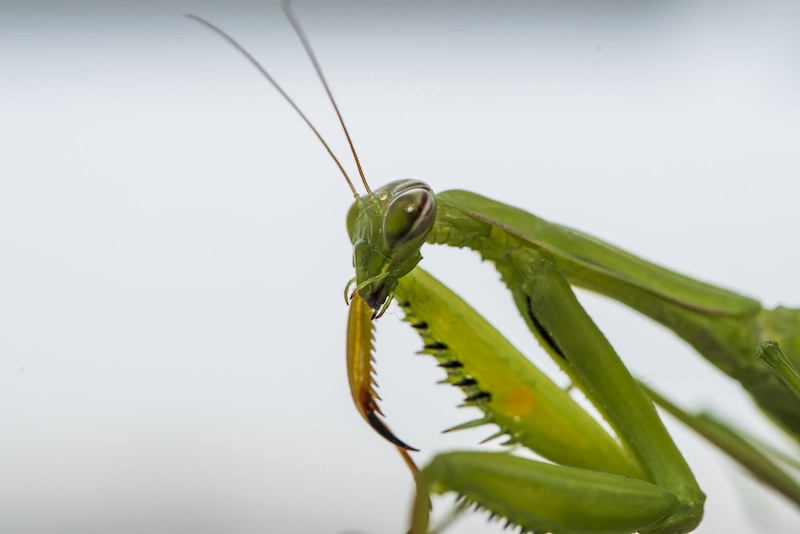
Praying mantises are highly skilled predators. They remain still, waiting to ambush their prey, and once an insect gets close enough, they strike with lightning speed. Their prey includes a wide range of insects, and some larger mantises can even catch small birds or lizards.
3. Praying Mantises Have 3D Vision
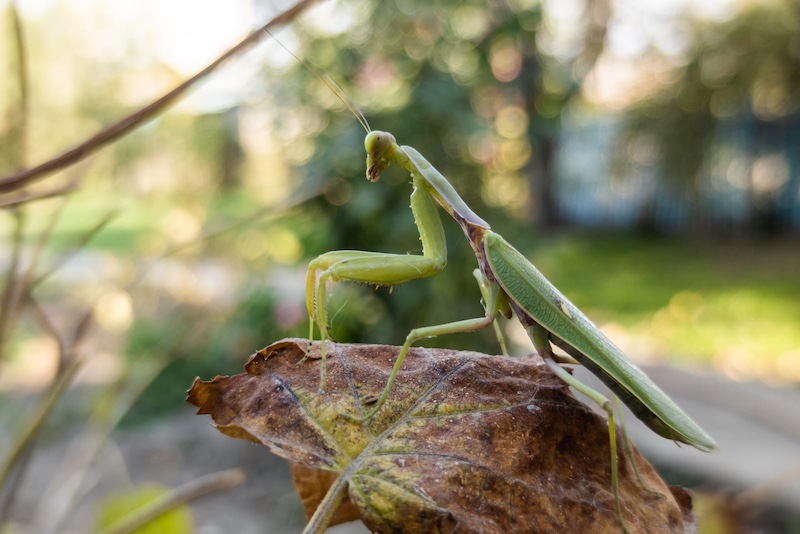
Unlike most insects, praying mantises have stereoscopic vision, allowing them to perceive depth. Their large compound eyes, positioned on the sides of their triangular heads, give them excellent vision and help them accurately judge distances when hunting.
4. Praying Mantises Can Rotate Their Heads 180 Degrees
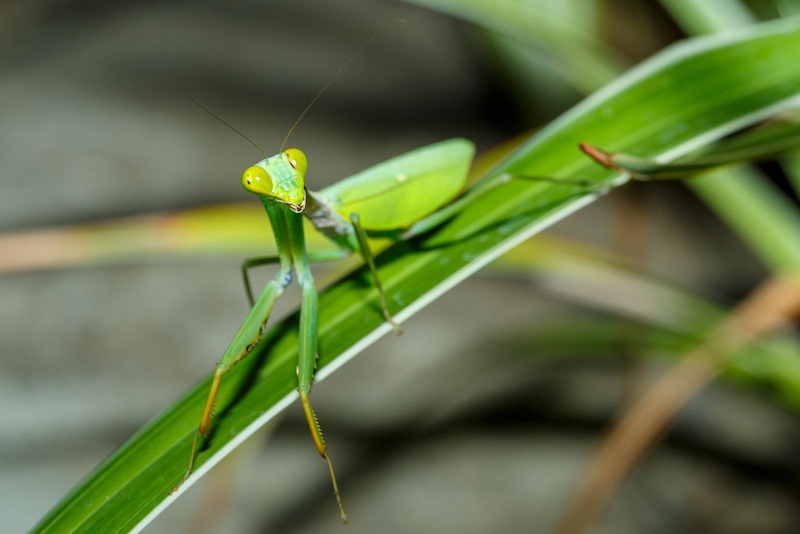
Praying mantises are one of the few insects capable of rotating their heads almost 180 degrees. This gives them an advantage when scanning for prey or avoiding predators, as they can observe their surroundings without needing to move their entire body.
5. Praying Mantises Are Masters of Camouflage
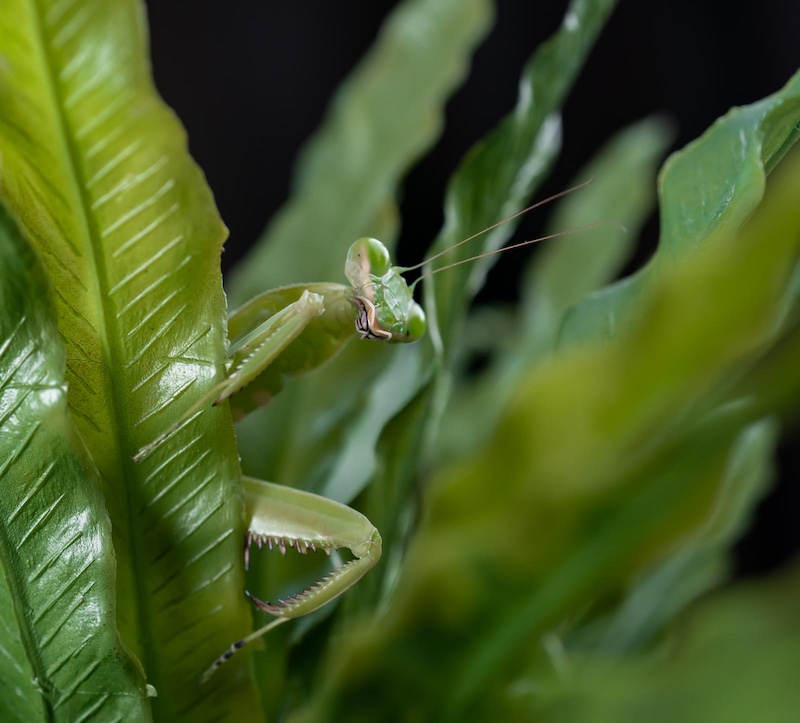
Many species of praying mantis can blend perfectly into their environment by mimicking leaves, twigs, or flowers. This camouflage helps them remain undetected by both predators and prey, making them highly effective ambush hunters.
6. Female Praying Mantises Sometimes Eat Their Mates
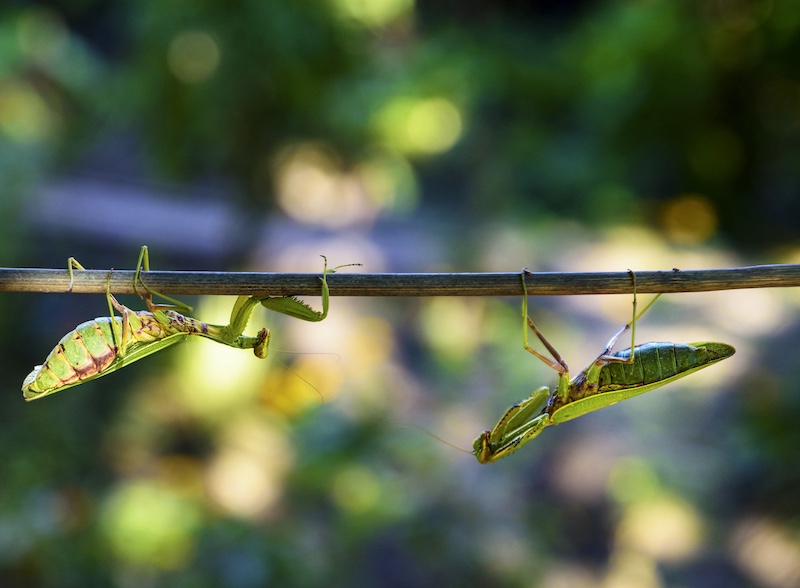
One of the most well-known facts about praying mantises is that females sometimes eat males during or after mating. While this cannibalistic behavior doesn’t always happen, it does occur frequently enough to be considered a hallmark of their reproductive process.
7. Young Mantises Can Jump with Impressive Precision
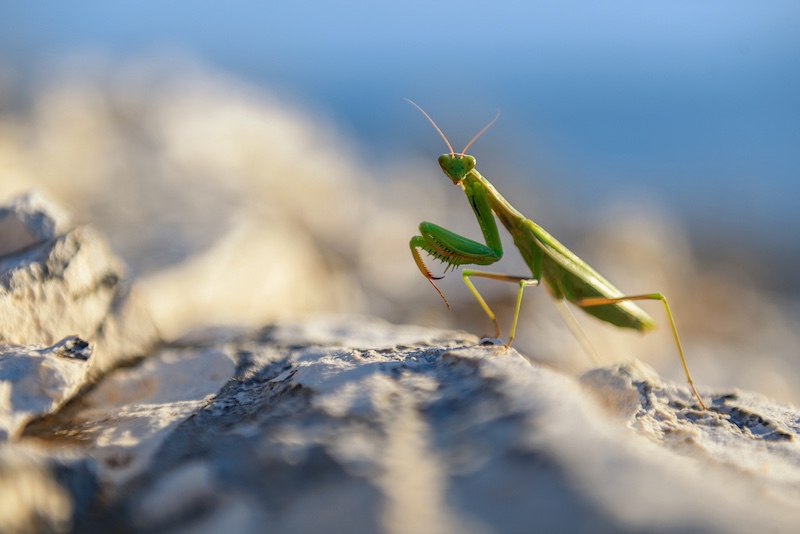
Juvenile mantises are agile jumpers, using their ability to leap from plant to plant or to avoid danger. This agility helps them escape predators and move quickly within their environment, especially during the vulnerable early stages of life.
8. Praying Mantises Live Longer Than Most Insects
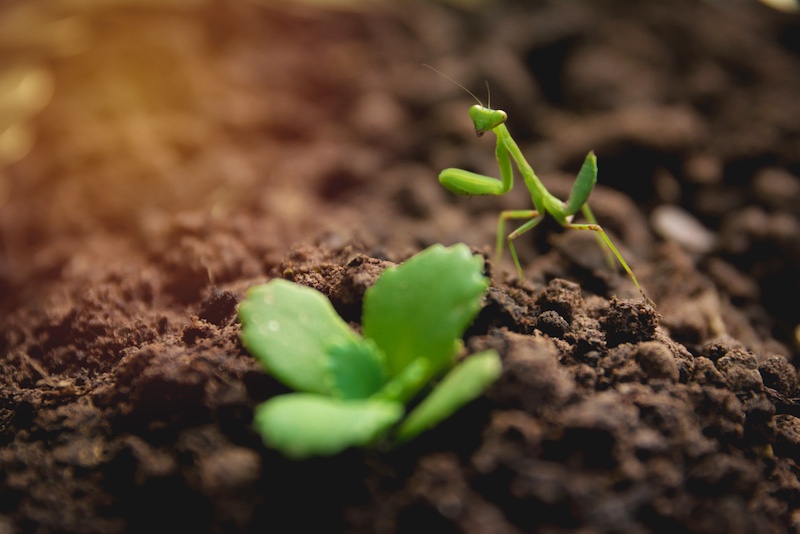
Praying mantises have relatively long lifespans for insects, living up to a year in the wild. During their life cycle, they go through multiple molting stages, shedding their exoskeleton as they grow larger.
9. Praying Mantises Have Been Revered in Different Cultures

Throughout history, praying mantises have held symbolic meanings in various cultures. In ancient Greece, they were thought to possess mystical powers, while in parts of Africa and Asia, they are considered symbols of patience and stillness.
10. Praying Mantises Help Control Insect Populations
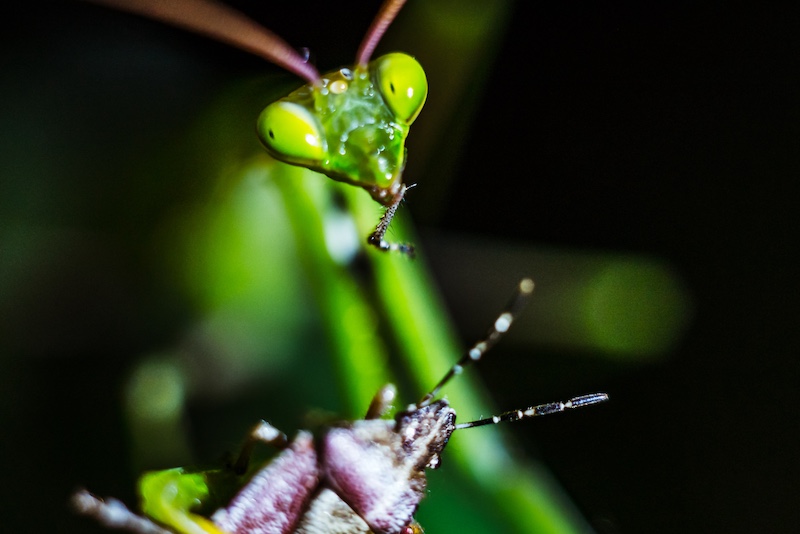
Praying mantises play an important ecological role by helping control insect populations. Their appetite for a wide range of insects makes them valuable natural pest controllers, especially in gardens and farms. Please Note: This content was created with the assistance of AI and thoroughly edited by a human before publishing.

